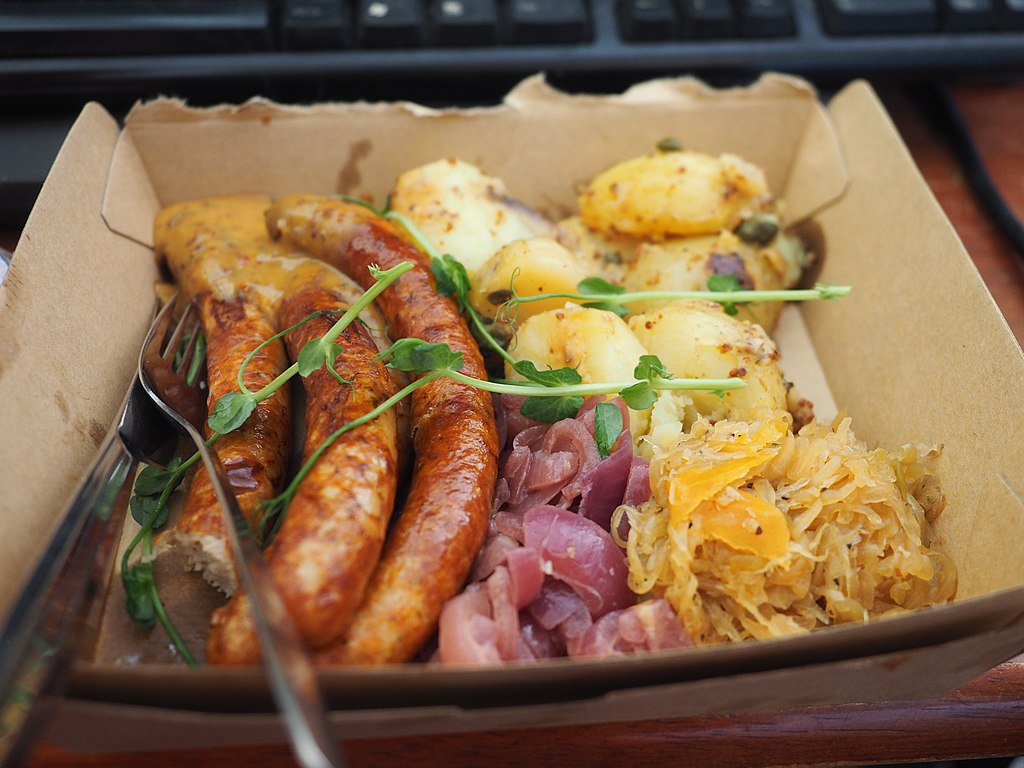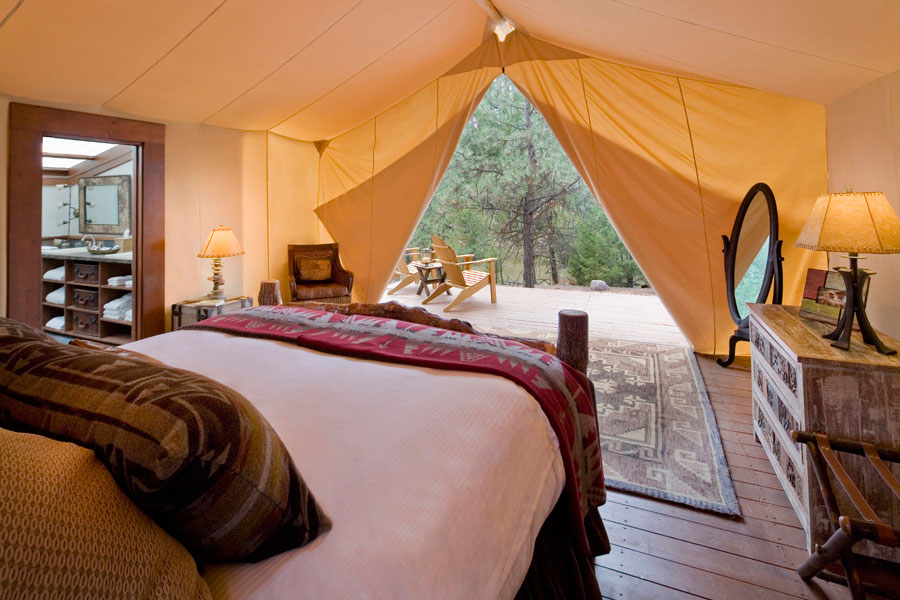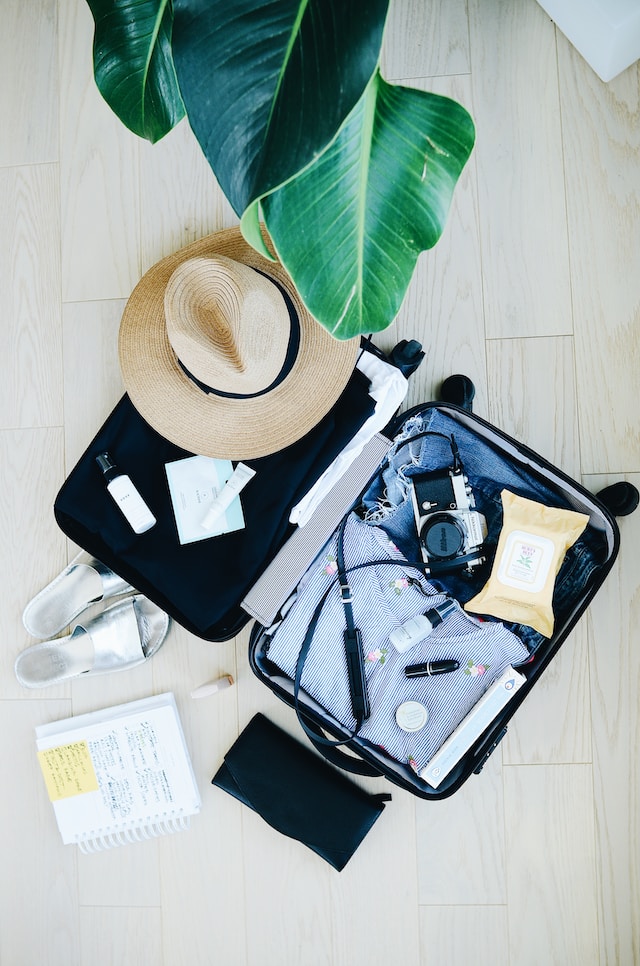Packing for a trip often leads to stress, with nearly 70% of Americans reporting it as a source of pre-travel tension and stress. The fear of forgetting something, the challenge of fitting everything into a bag, and the desire to be prepared for every scenario contribute to this anxiety.
But packing doesn’t have to be a daunting task. With a few simple strategies, you can streamline your packing process, ensuring you bring everything you need without the added stress. Let’s dive into these straightforward tips that will make packing for your next trip as enjoyable as the vacation itself.
Start With a Packing List
Creating a packing list is your first step to a hassle-free travel experience. It acts as a precise guide, ensuring you pack only what’s necessary while leaving nothing essential behind.
But to create a packing list, you first need to consider the specific requirements and limitations of your airline. For example, some companies, like Spirit Airlines, have specific guidelines and charges for both carry-on and checked luggage. Being aware of these details, such as Spirit Airlines baggage fees, before you start packing can help you avoid unexpected costs at the airport.
Categorize your list into clothing, toiletries, electronics, and documents to ensure you cover all bases. With a tailored list, you can pack with intention, sidestepping the common issues of overpacking and forgetting vital items.
Know Your Itinerary and Plan Accordingly
Your itinerary is the blueprint of your trip, and your packing should align with it. Every planned activity, be it an outdoor adventure or a formal gathering, calls for a corresponding set of attire and gear. Moreover, weather forecasts and cultural customs should guide your clothing choices, ensuring you pack with respect and appropriateness for the local environment.
This consideration extends to packing delicate items, like luxury pearls, to ensure they are protected during travel. For example, pearls should be laid flat and wrapped in a soft cloth to prevent any damage. By planning your packing around your itinerary, you can anticipate and meet your needs for any situation.
Optimize Your Wardrobe and Essentials
Selecting versatile clothing and miniaturizing your essentials are keys to a light and efficient suitcase. When choosing what to wear, prioritize items that can adapt to different settings and occasions. A dress that pairs with sandals for a daytime look can be elevated with heels and jewelry for an evening event. Similarly, accessories can drastically alter an outfit without taking up much space in your luggage.
When it comes to toiletries and daily essentials, think smaller and smarter. Choose travel-sized versions of your must-haves, which are designed to meet airline carry-on standards. These little bottles and containers make a huge difference in saving space. Consider items that have more than one purpose, like shampoo bars that can wash your hair and your body or lotions that are also suitable as conditioners. This strategy is not just about saving space; it’s about making your packing process simpler and ensuring you’re less likely to forget something important.
Embrace the Power of Packing Cubes
Packing cubes are a game-changer for travelers looking to organize their suitcases. These small containers fit neatly into your luggage and can be used to group items together, such as tops in one cube and bottoms in another.
They compress your clothes, saving valuable space, and make it easy to find what you need without rummaging through your bag. Packing cubes can also keep your clean and dirty clothes separate, maintaining order within your suitcase no matter how often you reach in for something.
Go Digital With Entertainment and Travel Documents
Our modern era has gifted us with the convenience of digital solutions, so why not leverage them to lighten your travel load? Instead of packing bulky books, numerous magazines, or extensive travel guides, opt for their digital counterparts. E-books, online articles, and e-guides can be easily accessed on your tablet, e-reader, or smartphone.
As for your travel documents, digitize them too. Upload scans or photographs of your papers and itineraries to secure cloud storage or onto your phone, ensuring they are password-protected. Not only does this make your bag lighter, but it also provides quick access to your documents and serves as a safety net. If your physical copies are lost or stolen, you’ll have all the necessary information at your fingertips, making it easier to get replacements and avoid disruption to your travel plans. Plus, it’s an eco-friendly approach that reduces paper waste, contributing to sustainable travel habits.
Last-Minute Packing Tips
As departure time approaches, you might feel a last-minute rush to add extra items just in case. But staying true to your packing list is crucial. It helps to remember that many destinations will have what you need if you do forget something.
As you do a final luggage check, make sure all your essentials are securely packed. This includes documents, necessary medications, and valuables that could be irreplaceable or have sentimental value. Place these critical items in your carry-on to ensure they’re always within reach and to provide peace of mind, knowing they’re safe as you travel. Taking a moment for this final check can prevent headaches later and help maintain a sense of calm before you embark on your journey.

Pack efficiently for a stress-free trip
How to Simplify Packing for your Next Trip – Final Thoughts
Packing is a source of stress for many, but it doesn’t have to be. By following these straightforward tips, you can streamline your packing process, freeing up time and energy to get excited about your upcoming adventures. A well-packed bag is the first step to a worry-free trip, so embrace these strategies and pack with confidence. Safe travels!



